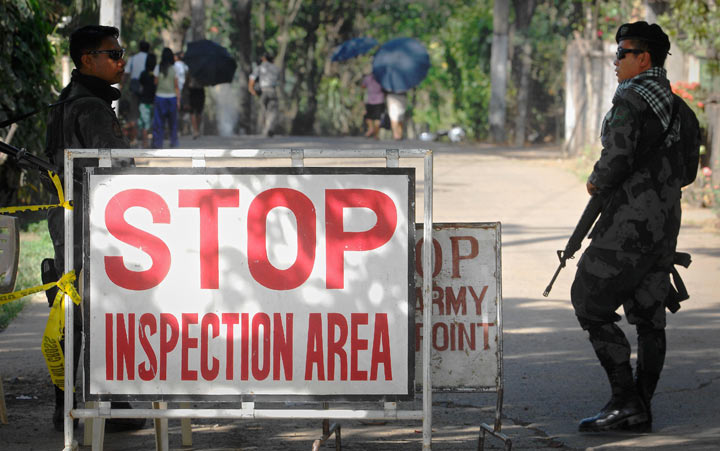Ebola is believed to have killed at least 129 people in Guinea, where health workers are trying to contain the outbreak. It’s the first time in 20 years the virus has been reported in West Africa.

Ebola is one of the most deadly viruses known to mankind – there is no known cure.
The U.N. health agency said Tuesday at least 230 suspected or confirmed cases of Ebola have been recorded so far in Guinea and Liberia. The statement said 129 deaths in Guinea and 13 in Liberia have been linked to the disease.
“The Ebola fever is one of the most virulent diseases known to mankind with a fatality rate up to 90 per cent,” said Ibrahima Toure, Guinea’s country director for the aid group Plan International.
Communities in the affected region travel freely, making the risk of the epidemic spreading very real. Such a spread could have devastating consequences, Toure said.
About Ebola fever
The first case of Ebola was reported in 1976 in Congo. The virus is named after the river where it was recognized.
The virus gained international attention in the 1990s and 2000s after hundreds of deaths were reported in Uganda and Congo.
There are five distinct strains of the virus: Bundibugyo, Ivory Coast, Reston, Sudan and Zaire.
The virus can be transmitted through direct contact with the blood or bodily fluids of an infected person. The World Health Organization (WHO) said transmission of the virus has also occurred through the handling of sick or dead infected animals, such as chimpanzees, gorillas, monkeys, antelopes and fruit bats.
Signs and symptoms of Ebola haemorrhagic fever
Ebola haemorrhagic fever (EHF) is often characterized by the sudden onset of intense weakness, fever, muscle pain, sore throat and headaches.
These symptoms are followed by diarrhea, vomiting, impaired liver and kidney function, and in some cases internal and external bleeding.
In later stages, some patients may bleed from their eyes, nose, ears, mouth or rectum. In some cases, patients may experience a bleeding or raised rash over their entire body.
The incubation period (the time from when the individual is exposed to the virus to when symptoms first appear) can range from two to 21 days.
Infected people can spread Ebola for as long as their blood and bodily fluids contain the virus.
Most patients who become infected die.
Treatment of EHF
There is no vaccine or treatment for EHF. Although a number of vaccines are currently being tested, the WHO said it could be years before a vaccine becomes available.
In severe cases, patients require intensive supportive care, including intravenous fluids to treat dehydration and maintaining the patient’s blood pressure.
Preventative measures
Officials in Guinea blasted out messages on state radio and television, urging people to wash their hands frequently and avoid contact with sick people.
The WHO said because there is no treatment, the only way to reduce death during an Ebola outbreak is to raise awareness of infection risk factors.
The public can reduce their risk of contracting EHF by limiting their exposure to infected animals, avoiding direct contact with infected people, and wearing gloves and protective clothing around those infected.
With files from The Associated Press


Comments